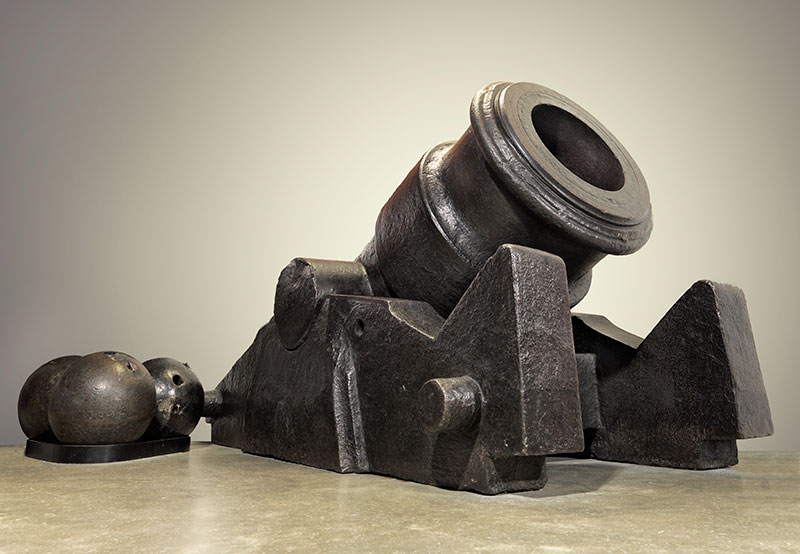Hello ladies and gents this is the Viking telling you that today we are talking about a tale from the red white and blue bar this week
![NW][M] War of 1812: [Downloads] - War of 1812 - Flying Squirrel ...](https://i.imgur.com/q44X0AH.png)




THE WAR OF 1812
![NW][M] War of 1812: [Downloads] - War of 1812 - Flying Squirrel ...](https://i.imgur.com/q44X0AH.png)
We rejoin the bar with a man drinking beer being demanded payment then he lays a pistol on the bar and mutters send the chit to the french bastards who sent me here he says as he stabs a knife into the bar and tells his story
American soldiers used a variety of muskets of French, British and American origin. The first official American musket was essentially a copy of a French 1763 model. Initially, arms production levels were insufficient, so the army began to procure muskets from private contractors. Thousands of weapons were actually bought from Britain.

The American musket was relatively light and easy to clean compared to the British version. The range of the US gun, fifty yards at best, was not much better than the notoriously inaccurate British muskets. Each soldier had shoulder cross-straps which held a bayonet on one side and a black cartridge box containing thirty-eight rounds on the other. Some American troops used rifles. These guns were generally used for sport and hunting until their military virtues were recognized during the War of Independence.

Rifles were much more accurate than muskets although their rate of fire was slower. The 15th Infantry carried a unique weapon called a pike, a spearhead on a long pole. Swords were standard issue for officers and cavalry. Pistols were generally issued to mounted units. The militia often used the same weapons as regular troops, except those from Kentucky who generally brought their own rifles.
A cannon (also simply called a "gun") during the War of 1812 was a metal tube (iron or bronze) usually placed on a wooden field or garrison carriage. The cannon fired a solid iron ball as its primary ammunition. These balls, called solid or round shot, were fired on a fairly flat trajectory and did not explode, being made of solid iron.

The fact that these solid balls were fairly constant in weight relative to their calibre allowed the different sizes of cannon to be designated by the weight of the ball they fired. Cannons could also fire a variety of other (solid) projectiles under different circumstances and to achieve different effects. Two examples of these projectiles are grape shot and cannister shot.

A second classification of artillery was the mortar. Mortars were shorter-barrelled weapons, usually fixed in a wooden "bed" at a 45-degree angle. The inside of a mortar was double chambered. In other words, there was a large chamber for the projectile and a smaller one at the rear of the tube for the gunpowder charge. Rather than firing a solid ball like the cannon, mortars fired exploding projectiles called "bombs."
A typical bomb resembled a solid cannonball, but was hollow and filled with gunpowder. Just prior to firing, a wooden fuse was placed in a hole in the bomb after being cut to the proper length by one of the gunners. The flame created by firing the mortar would light the fuse, and when it burnt into the bomb, the powder inside would explode, sending large fragments of the bomb out in various directions.
As the bomb was fired high in the air and flew in an arc (due to the angle of the barrel), the mortar was effective at firing over obstacles, such as fort walls, or trenches. Its explosive capability also made it a popular weapon for firing at personnel, or at powder magazines and other such targets. Because the mortar could not have its elevation changed to any great degree, the gunpowder charge was varied to accommodate the range desired.
Rations
We need only multiply the army’s regulation daily ration for each soldier to fully grasp the scale of Winchester’s supply problem. Each soldier was supposed to receive the following, each day:
1¼ pounds of beef
1½ pounds of flour
5 ounces of liquor
5 ounces of vinegar
In addition to these basics, soldiers were also issued small amounts of salt, lye soap and candles. When cattle were unavailable, meat was preserved with salt in large wooden barrels. If possible, the flour was baked into bread or hard biscuits. Soldiers banded together in groups of five or six and cooked their rations in a common pot.
Figure 2. A modern reconstruction showing luxuries available from the sutler in 1812 (See Photo Captions below for details.).
Sutlers
If soldiers were stationed at a fort for a long period, they could grow gardens to supplement their rations. For Winchester’s army on the move, there was only the sutler. Sutlers were civilian merchants who followed the army, selling small luxuries to the soldiers at high prices. The sutler marching with the Northwestern Army to Detroit offered the following items.
Tobacco: 50 cents cents per pound
Whiskey: 50 cents per quart
Hyson tea: 3.00 dollars per pound
Chocolate: 75 cents per pound
Coffee: 62 and ½ cents per pound
Unfortunately, the average soldier’s pay was only $5.00 a month. No problem! – The sutler would extend credit, up to one-third of a soldier’s wages. This situation led to constant problems with soldiers being in debt. Some soldiers tried hunting and fishing to supplement their diet, but this proved impractical, as the large number of men on the march scared away the game, and there was little spare time for fishing.
We go back to the bar and realise that the man took his coat of and saw 25 holes going straight through him he looked at me and said Chardonnay (French grapeshot)
I hope you liked this post and as always have a chilled day from the Viking
Comments
Post a Comment